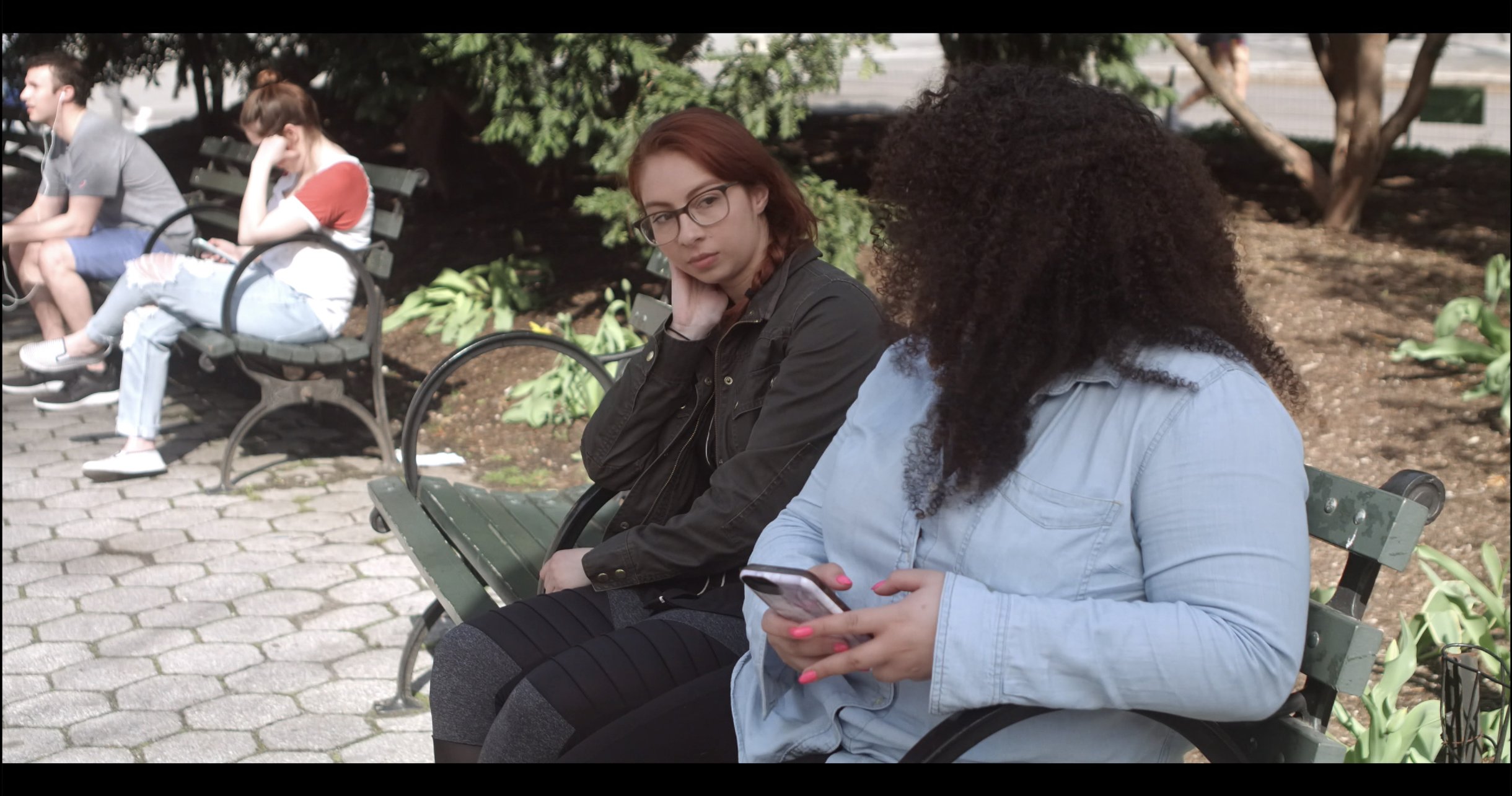Cinematography vs Videography
When I first started on this journey of becoming a cinematographer, I didn’t understand the differences between capturing footage for videos and capturing images for movies. Meaning, I didn’t know how some shows I watched looked so good, while others looked regular. TV programs like the news looked good, but just regular. I always wondered what was going on and how can footage be so different. As I got deeper into filming and learning more about this art, I started to understand how images vary and what differentiates cinematography from videography.
Now as a professional I know that videography means filming the environment or moment as it is. Think events, weddings, parties, some corporate work and life as it’s happening. It's filming that doesn’t require extreme planning and it’s usually a one man show or a small team of two to three people. Whereas cinematography is generally a larger crew of ten and in the upper hundreds of people making sure every artistic planned shot, happens. Lights are augmented to create a different feeling and look in a rather ordinary location. A cinematographer captures a designed space.
Videography can look cinematic as well. This shot is from an event I captured for Publicis Sapient in Boston.
Scene from the short film The Woman Who Wasn’t There. This shot wasn't planned and I had no control over the locale. This is an example when videography and cinematography overlaps.
One isn’t better than the other and sometimes there are overlapping elements. For instance a good Videographer will know how to work quickly within restrictions of a location to capture cinematic images. Either directing the subject to perform a specific action or modifying an element in the space to make the shot more aesthetically appealing, there are many times a Videographer displays on the fly planning and artistic style. A Cinematographer crosses over into videography when a planned shot doesn’t work and improvisation is necessary. This may mean capturing a scene not in the script and a new location is needed at that moment. With no time to supplement the new location with set dressings or strategic lighting, the Cinematographer quickly works within the environmental restrictions to capture what’s needed artistically.
The Videographer moves quickly and noiseless to capture candids and the environment as it is.
The final look of the shot captured by the Videographer.
Make no mistake there will always be Cinematographers and Videographers, but with the advent of new camera technology, the line that separates both is blurring. There’s a new breed of filmmakers who are capable of merging the two styles into its own category. I call these artists Shooters. And while the name has been around for a long time and typically means a camera operator, the name has taken up a new meaning with these modern filmmakers who have to move fast and “run n gun” it because of budgets or time constraints. Or even just to avoid getting ticketed without a permit to film at certain places. These Shooters do this while following a plan and ensuring an aesthetically pleasing, effective and cinematic image. Shooters are an amalgamation of these two disciplines, yet separate in being aesthetically efficient. I have a few more thoughts on this. In the coming weeks I will be adding and adjusting the information shared in this post. Please feel free to let me know your thoughts. Thank you for reading!
The Shooter made an unplanned shot and location cinematic by being aesthetically efficient. A handheld diffuser was held over the talent’s head to capture a pleasing image.






